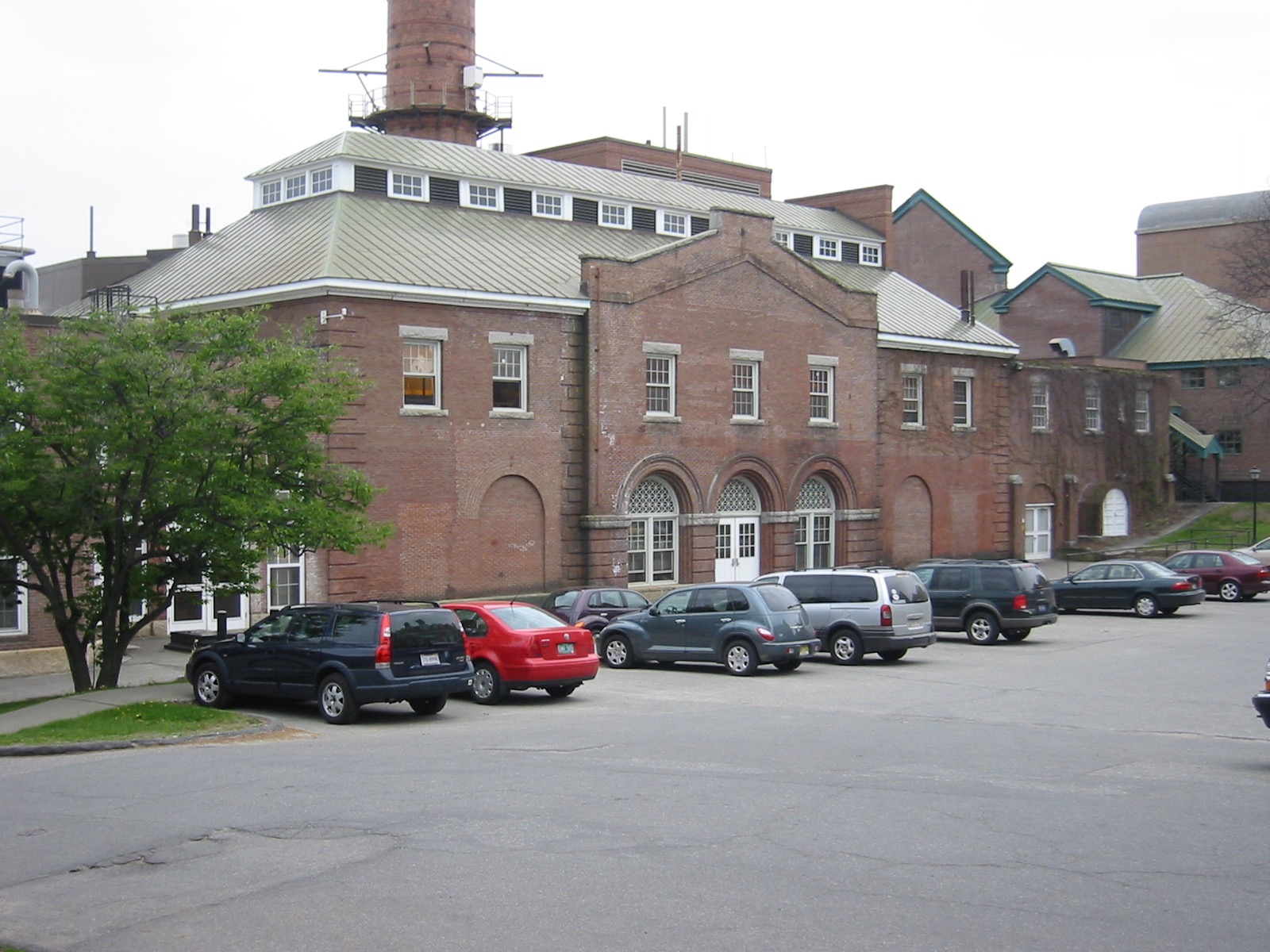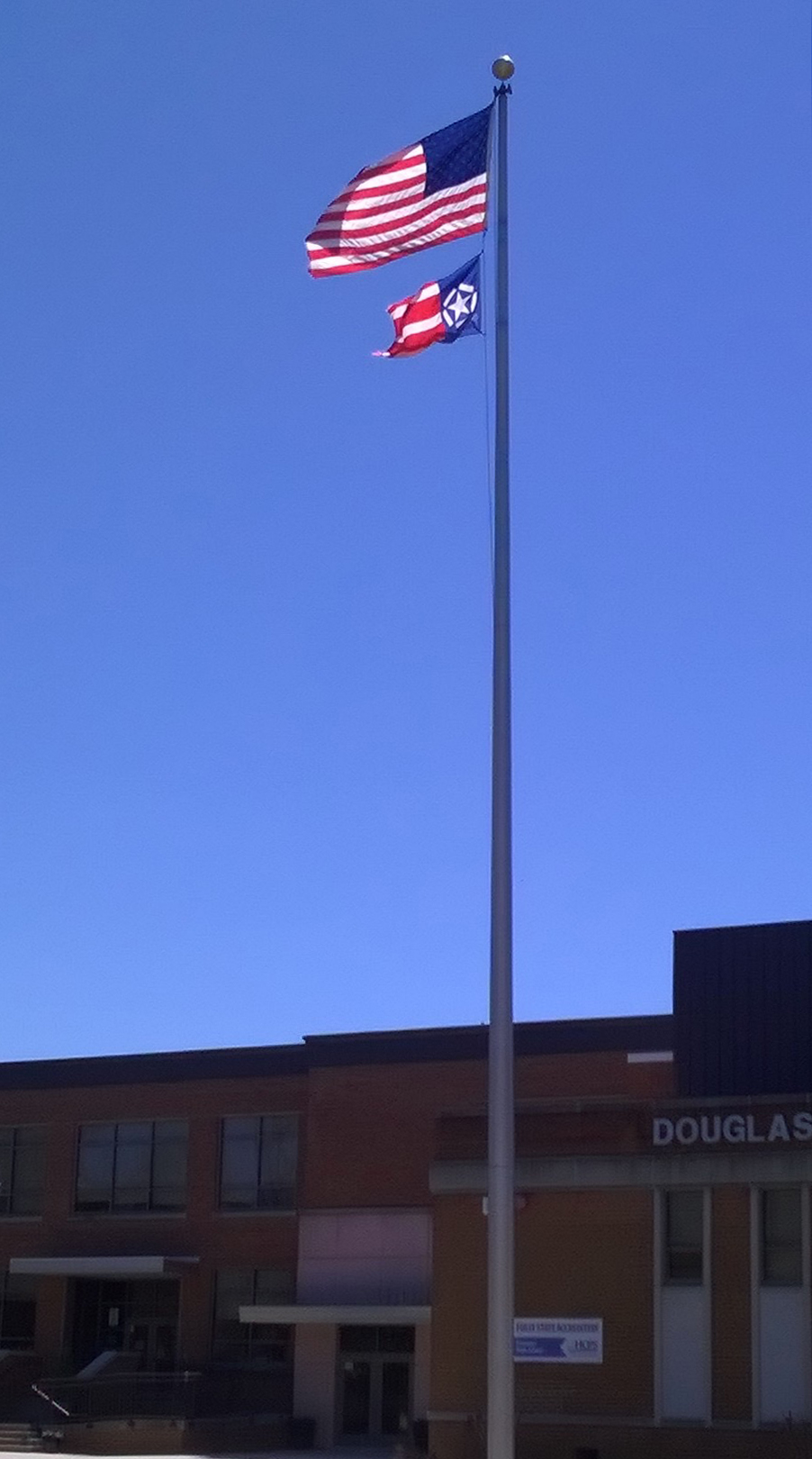See the previous post on this topic.
The two locations of Geisel
The new-look Remsen/Vail at the north end of campus is an improvement and looks like the work of Leers Weinzapfel Architects, the designers of the reskinned Dana Library/Anonymous Hall adjacent (page 44 of the plan).
Remsen-Vail
If the Geisel School of Medicine were to relocate to new facilities, this opportunity for adaptive reuse can accommodate up to 550 undergraduate student beds and/or academic space, and could include new facade materials, enlarged windows, and a welcoming new entrance.
One might have no particular objection to the architecture but still recoil at the idea of placing undergrad beds or academic space this far away from the center. Undergraduate uses do not belong this far north. As a ten-year swing space allowing the rehabilitation of other dorms, perhaps, but it is just too far away.
The larger point here is that Geisel seems uncertain about its location. That the school is split between its traditional home here at the north end of campus (including its fancy admissions office in a renovated 19th century hospital ward) and its technical and efficient home alongside the suburban hospital south of town has always seemed strange. Students begin their education in Hanover and conclude it at the hospital in Lebanon.
Whether this split the result of intention or of nothing more than the lack of a replacement for Remsen/Vail at the DHMC campus, the plan suggests that Geisel could leave Hanover and make its DHMC site a true and complete med school campus. If that happens, it would be hard to argue that the vacated Geisel buildings in Hanover should not be used by Dartmouth (although a similar argument was successful in the past, when most of the hospital complex was demolished; VSBA had suggested that the Modernist main tower, at least, be renovated as a dormitory).
The proposals for a med school campus at the south end of the DHMC complex are so sensible as to raise the question of why they have not been built or at least planned already. A main building, some housing, and a modest green space for a medical school? Perhaps it is a measure of the committed suburbanity of the hospital complex that such a thing has not been accomplished thus far. The Geisel campus can grow as a grid of independent buildings flanking outdoor spaces rather than as the nucleus of a radiant sunburst of parking lots.
The Grand Limited-Access Road
New limited-access roadway for shuttles, emergency vehicles, and bicycles connecting Sachem Village and DHMC.
The transit link across the woods between Sachem Village and DHMC stands out as completely obvious and necessary, even to someone who knows the area only from maps.
Is the access limitation placed on the road because it goes through the residential neighborhood of Sachem Village? If there were some way to make it a proper road, it could take a lot of pressure off downtown Hanover. Yes, limited-access streets are pleasant and necessary — perhaps South Main Street above Lebanon Street? — but preventing this road from handling traffic seems cruel to Hanover.
The future has already arrived in the West End
Not much is novel here because there are two major buildings currently under construction. The rest of the area, while populated with buildings from the Sixties and Seventies, is still something of a blank slate. West End Green might be a bit vague (trees will do that) but it is an improvement.
Speaking of the Tuck School, it always seems to be threatening to leave:
In the future, the Tuck complex could be renovated and expanded to advance its competitive edge. Or, if relocated to new facilities, Woodbury and Chase, originally built as student housing, as well as Tuck Hall could be repurposed for undergraduate
housing, providing up to 230 beds.
Putting undergrad beds in the Tuck complex would be a neat trick, but moving Tuck out to some shiny, flimsy complex at an isolated forest site in Lebanon would be a blow to Dartmouth.
Does the college need to give a territorial guarantee to keep Tuck on campus, perhaps a promise of a portion of the future sites around West End Green and an access corridor or exclave on West Wheelock Street, a B-School Kaliningrad?
Minor points
-
What is the unlabeled property to the northwest on the map on page 5? It is the college-owned woods in Corinth, VT (see page 60).
-
The Covid-19 information in the master plan makes for a timely preface but already seems a bit dated in this 30-year plan.
-
“Gibson” is spelled “Givson” on an image on page 36.
-
“Hanover Campus” is inconsistently capitalized. The version with a lowercase “c” seems preferable.
-
Calling it “the College Park BEMA” is odd. There is no other Bema to confuse it with, so “the Bema” or “the Bema in College Park” would suffice. And “BEMA” does not need to be in all capital letters — the word “BEMA” in caps is a backronym (a back-formed acronym) for Big Empty Meeting Area, and as such makes a cute campus legend, but the Greek-derived word after which this space is named is “Bema.”
-
Is it strange to call it “Mount Moosilauke Ravine Lodge”? The mountain is Mt. Moosilauke and the lodge seems like it should be called the Moosilauke Ravine Lodge.
-
The map on page 9 showing new nodes hopping around campus is neat and insightful, but it could make its point even more strongly if it showed Thayer School’s time in Bissell Gym (on the Hop plaza, basically) from 1912 to 1939. And if the map substituted Geisel for MHMH, it could show three nodes instead of two: first the Medical School (on the Burke Lab site, from 1812 to the 1950s[?]), then MHMH, then the hospital complex in Lebanon.

